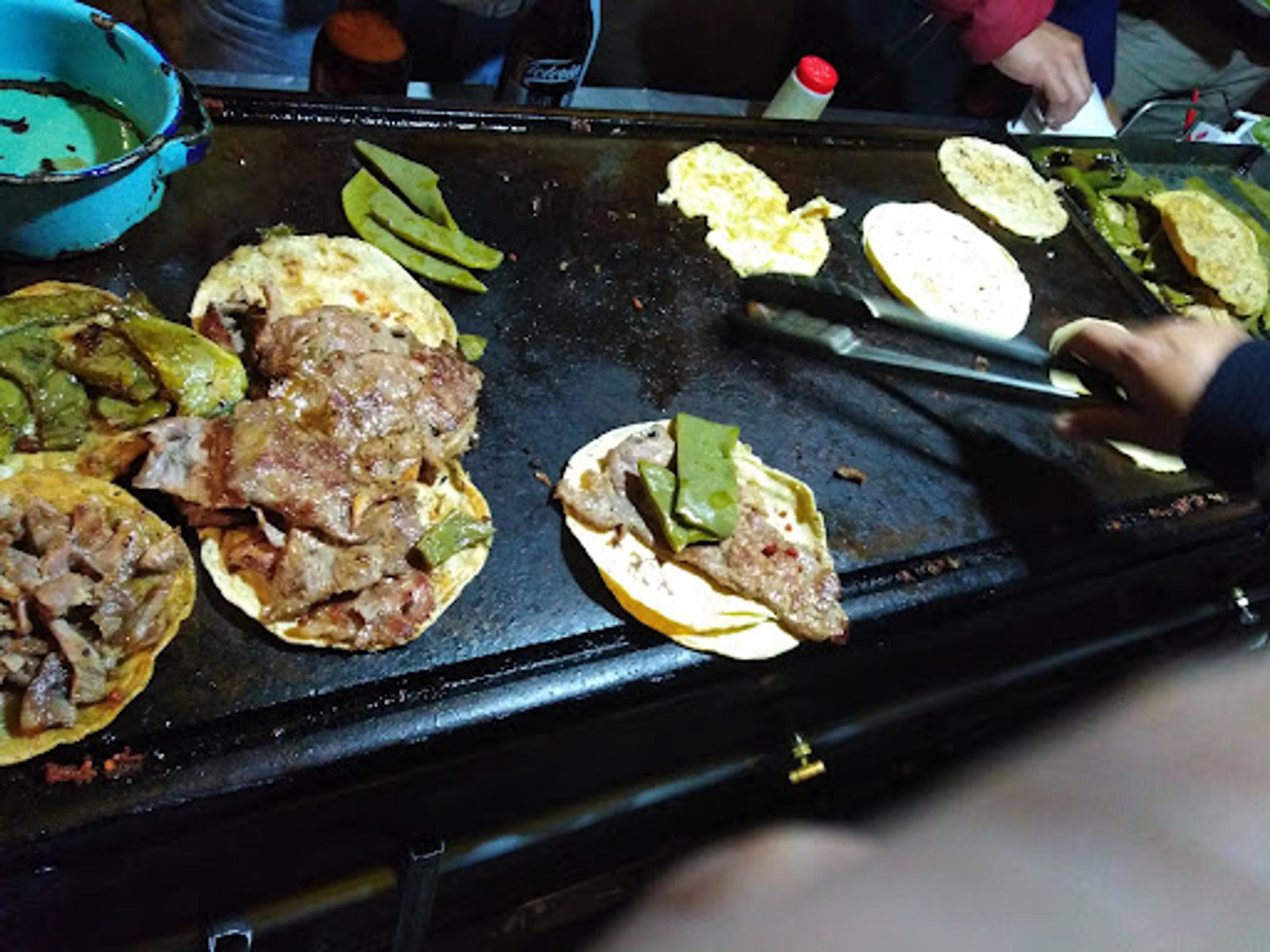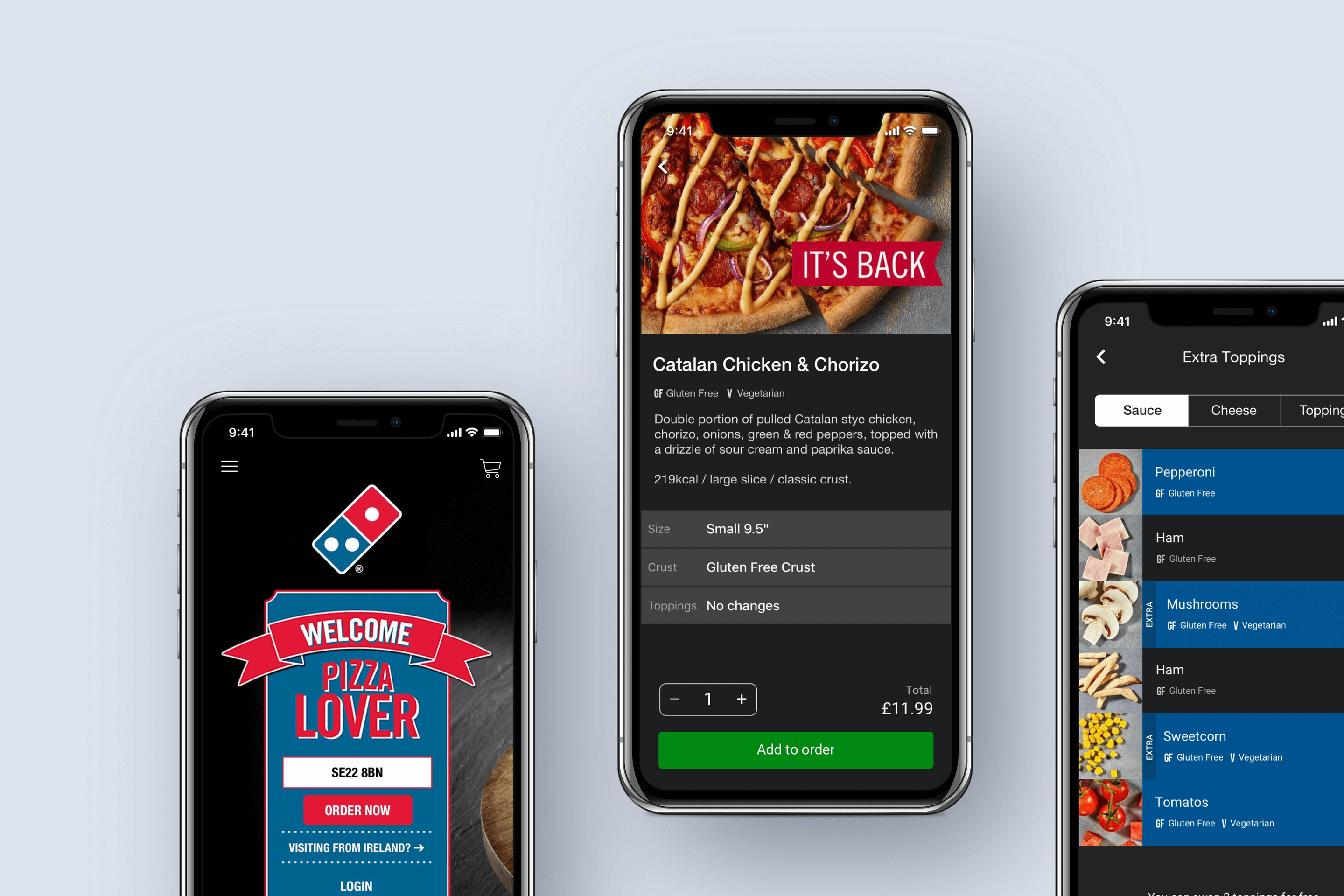Top 5 trends disrupting the quick-service restaurant industry

Disruption happens when new entrants to a sector challenge incumbents’ existing businesses, approaching existing markets in new ways and leveraging that advantage to compete, despite starting with fewer resources.
Around the world, the COVID-19 pandemic has driven change in many industries, but few as profoundly as the casual dining sector. Lockdowns in many countries kept many restaurants closed, leading to a rapid shift to delivery and accelerated digital transformation. However, the resulting changes in customer expectations, interests, and values over the course of the pandemic have been equally significant. This has created unique opportunities for new entrants.
To successfully compete in a crowded market, challengers have focused on:
We’ve spotted these characteristics at play in 5 disruptive trends emerging in the quick-service restaurant industry. Here’s who’s coming for your lunch, and how they’re innovating to get ahead:
1. Blend physical and digital experiences
Customers are increasingly spending more time online, and digital channels have become integral to the dining experience. Restaurants that can leverage this are emerging as the biggest winners.
Blending physical and digital experiences does not necessarily require expensive technical solutions; for smaller players, using existing tools and channels can be an effective way to achieve this:
An initiative to promote independent street food stands in Mexico City crowdsourced locals’ favourite vendors via Twitter and used Google’s My Maps feature to create a shareable map with their locations.

As well as boosting business, companies who invest in their digital channels have greater control over the end-to-end experience, and can do even more to provide outstanding customer service. For example, Domino’s Pizza offers the option to have food delivered to your car when ordering through its app; by tracking you as you travel, they can ensure that the pizza is piping hot when you collect it.
2. Go where the people are
Online communities form around things that people find interesting: quirky ideas, captivating content, and favourite personalities. The savviest new challengers in the restaurant industry have emerged to serve these communities, rather than attempting to build new followings from scratch:
TikTok Kitchen, set to launch in the US in March 2022, will let people purchase favourite food hacks that have gone viral on the platform, including baked feta pasta, corn ribs, and cheese-covered, air-fried pasta chips. No physical locations are planned; orders will be placed online, produced by third-party restaurants, and sent out for delivery in TikTok Kitchen branded packaging.

Virtual Dining Concepts, the marketing company behind TikTok Kitchen, connects brands and influencers with large online followings to “ghost kitchens” who can manage the fulfilment of orders.
When YouTuber MrBeast shared the video I Opened A Restaurant That Pays You To Eat At It to 50 million subscribers, the Virtual Dining Concepts model enabled MrBeast Burger to simultaneously open 300 digital-only locations across the United States. No money was spent on traditional marketing channels, but most locations sold out of food on the first night.
3. New business models can maximise opportunities to reach customers
Many restaurants pivoted to delivery and meal subscriptions as COVID-19 forced them to find other revenue streams. Continuing to experiment with different business models and pricing strategies is enabling restaurants to maximise the value of their physical locations in the new normal:
For some, capacity has become more constrained. Hospitality workers have left the industry in record numbers, leading to reduced opening hours and covers, with fully booked restaurants turning away customers. US steak restaurant Rib & Chop House turned this to their advantage, launching a subscription programme that lets members jump the queue for $50 per month.
Taco Bell has used digital channels to streamline its subscription offering and ensure that it does not generate excessive operational costs. Only available through the app, for $10 the Taco Lover’s Pass unlocks a special limited menu from which customers can choose one taco a day for 30 days for collection at a restaurant.
4. Do less to focus more deeply on what matters to customers
With the rise of pop-ups and food trucks, customers have become accustomed to limited menus offering a small number of signature items, but they now expect each one to be truly special. Leaning into what differentiates you and paring back what you offer to focus on what you do best is a great way to ensure that your business is competitive too:
Taster is a virtual restaurant company whose five restaurant brands are only available for delivery; by taking away the physical storefront it can operate from cheaper and smaller locations near to areas with high demand to get food into people’s hands more quickly and cost-effectively. Free to fully optimise for delivery, its brands have menus designed around types of food that are quick to prepare and travel well.
5. Live your values
COVID-19 outbreaks at meat-packing plants and supply chain constraints have forced customers to reflect more deeply on the origins and impact of their food, accelerating the pre-existing trend for plant-based and climate-conscious eating:

Challengers actually have the advantage here, as they have greater freedom to focus on sustainability and establish a more genuine connection with customers. Ready Burger has seized this opportunity, offering an entirely plant-based McDonalds-style menu. Crucially, it also competes with McDonalds on price, offering vegan burgers for as little as 99p. They were able to leverage their cult following to raise capital for further expansion through crowdfunding, achieving their £1.5M target in just a few hours.
We’ve helped companies like Domino’s Pizza grow into leading digital-first businesses by delivering products that differentiate them. To learn more about how your business can leverage its strengths in a competitive and rapidly transforming landscape, get in touch with our team today.






